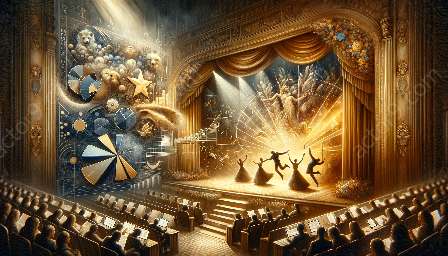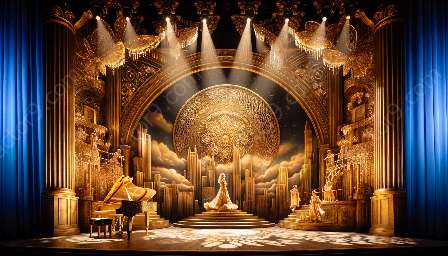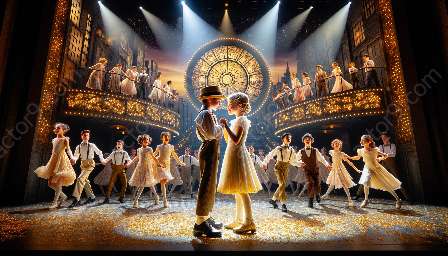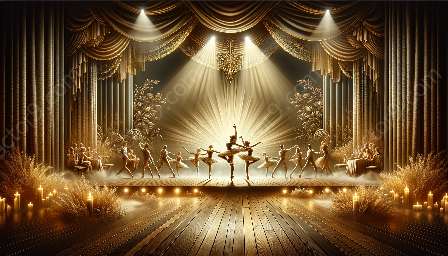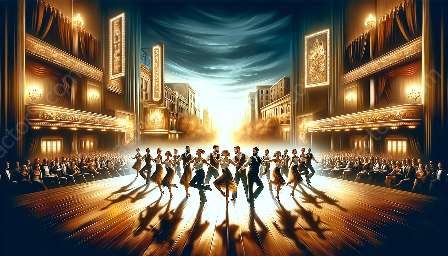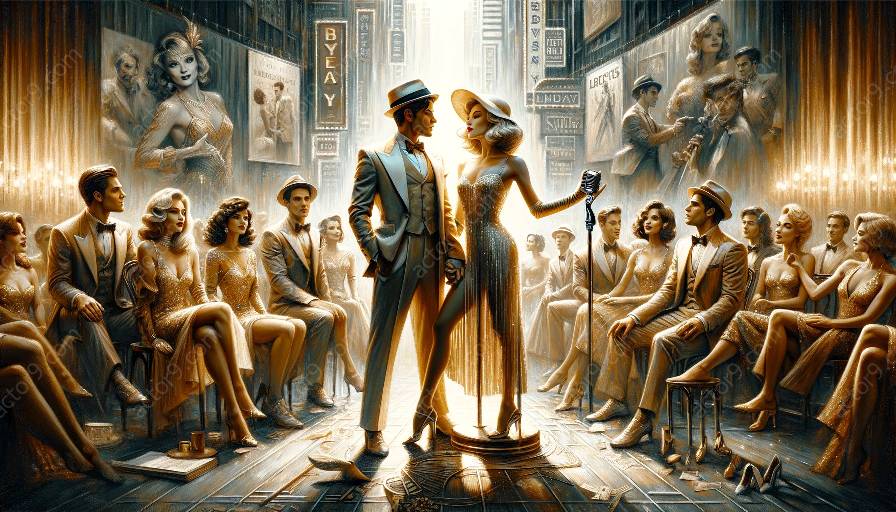Broadway musicals are known for their captivating storytelling, dazzling performances, and breathtaking choreography. Choreography plays a crucial role in the success of a Broadway musical, as it contributes to the overall impact of the production and enhances the audience's experience. This topic cluster will delve into the significance of choreography in Broadway musicals, its impact on audience engagement, and its influence on the adaptation of musicals from different sources.
The Essence of Choreography in Musical Theater
Choreography in musical theater is not just about dance movements, but also about conveying emotions, advancing the narrative, and expressing the character's inner thoughts through movement. The choreographer's creative vision and execution can elevate the musical to new heights, creating memorable moments that resonate with audiences.
Captivating Audiences with Choreography
Choreography has the power to captivate audiences, making them feel connected to the story and characters. The seamless integration of choreographed sequences enhances the visual appeal of the musical, drawing the audience into the world of the performance. Whether it's a high-energy dance number or a poignant pas de deux, well-executed choreography leaves a lasting impression on the audience.
The Link Between Choreography and Adaptations
When Broadway musicals are adapted from different sources such as novels, films, or historical events, choreography serves as a bridge between the original source material and the stage production. It helps to reinterpret and breathe new life into the story, bringing a fresh perspective to familiar narratives. The choreographer's ability to infuse creativity and originality into the adaptation process can make a significant impact on the success of the musical.
Choreography as a Narrative Tool
Choreography is not only about creating visually stunning dance sequences but also about serving as a narrative tool. It can convey subtext, depict character relationships, and establish the mood of the production. Through carefully choreographed movements, characters can express their inner turmoil, desires, and conflicts, providing a deeper layer of storytelling that enhances the overall theatrical experience.
Challenges and Innovations in Choreography
Choreographers constantly face the challenge of pushing boundaries and creating fresh, innovative choreography that resonates with contemporary audiences. With each new Broadway production, choreographers strive to break traditional molds, experimenting with different dance styles, techniques, and storytelling approaches to keep the art form evolving and relevant.
Conclusion
The role of choreography in the success of a Broadway musical cannot be overstated. It is a vital component that contributes to the emotional impact, visual spectacle, and narrative depth of the production. As Broadway musical adaptations continue to captivate audiences worldwide, choreography will undoubtedly remain a driving force in shaping the success and longevity of these beloved theatrical performances.










